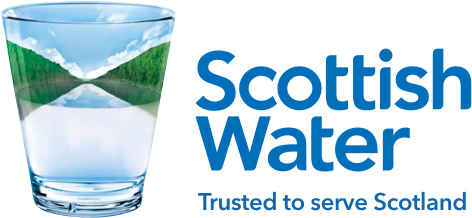Lead FAQs
Many older properties may still have lead piping. The use of lead in water service pipes was phased out during the 1960’s and officially became illegal in 1969. Lead was used historically because it was flexible enough to be formed into needed shapes, yet hard and resistant enough to resist leaking and corrosion over time. It wasn’t until the 20th century that other materials became more common.
For further information on the health effects of exposure to lead visit NHS inform.
In Scotland lead does not occur naturally in significant concentrations in our water supplies.
If your house was built before 1970 there is a chance you could have lead pipework. Your drinking water can pick up lead from the pipework that runs from the water main underground and into your property, or from the lead pipework inside your property.
In most cases we’re responsible for the water main in your street and the communication pipe up to, and including the stopcock, at the boundary of your property. Property owners are responsible for the supply pipe, which is the section of the service pipe from the boundary to the property itself.
We are working hard to reduce the amount of lead which can dissolve in drinking water. You can learn more here.
You are responsible for the supply pipes which are from the stopcock, typically found at the boundary of your property and all of the indoor plumbing.
If you have lead pipes, the only sure way to eliminate lead levels completely is to replace them.
We have a comprehensive guide to this on our lead pages.





